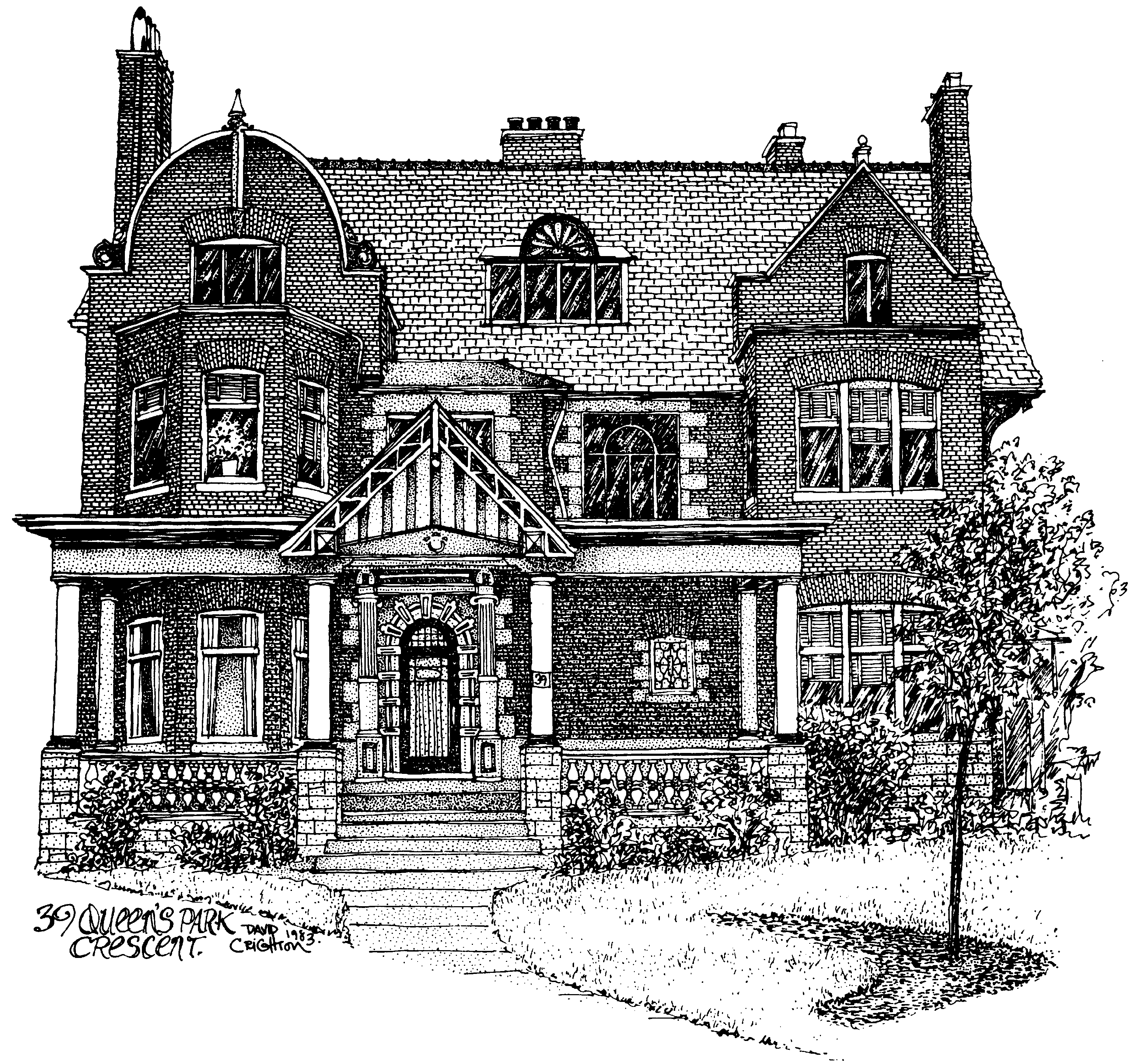The foundation of the Centre for Medieval Studies was announced in Speculum 38 (1963), 678–81:
The intention of the Center is to make available to students various approaches to the Middle Ages in programs of studies not available in existing departments. The purpose of the Center is the training of scholars who know the Middle Ages in depth as well as in breadth. The courses of study will freely cross limits of traditional disciplines and departments, but they will be limited to the Middle Ages. By concentrating on a single period, the student will be able to acquire in some depth the basic linguistic and technical skills necessary for teaching and research in mediaeval studies; these include palaeography, diplomatics, and vernacular languages, in which the Center is strong. He will also be able to read widely in the period. His research will follow the material of his subject in order to gain a better understanding of the cross currents and variations in the cultures, interests, and beliefs of the Middle Ages.
This article lists fifty-four faculty, all now retired or deceased.
The germ of the Centre seems to have been a Medieval Club founded by the eminent constitutional historian Bertie Wilkinson, which held its meetings in Hart House. In 1964, Wilkinson became the first Director of the Centre, which in that year began to admit its first students. At first, the Centre was housed in University College. The Centre drew inspiration and encouragement from the Pontifical Institute of Mediæval Studies (PIMS), which had been founded in 1929 by the philosopher Étienne Gilson and was granted Pontifical status in 1939; support was given especially by Fr Laurence Shook (President of PIMS, 1961–73).

In 1967 the Centre moved to 39 Queen’s Park Crescent East, where it occupied the second and third floors of the 1903 house built for Sir Thomas White, Finance Minister in the government of Sir Robert Borden (1911–20) and the founder of federal income tax in Canada, as well as some offices in 43 Queen’s Park Crescent East. In 1966, Bertie Wilkinson retired and was succeeded by John Leyerle, a Chaucerian (Director, 1966-76). At the time, Toronto was well stocked with theologians and philosophers, thanks to PIMS, and with historians; John Leyerle therefore rapidly recruited faculty in other key areas, such as Middle Welsh (David Klausner), Old English (Angus Cameron), Old Norse (Roberta Frank), Medieval Latin (Colin Chase and George Rigg), Irish and Germanic languages (Harry Roe), Music (Andrew Hughes), and Middle High German (Bill Leckie). In 1969 the Latin programs of the Centre and PIMS were combined, thus giving rise to the system still in use at the Centre. As a result of a decanal committee chaired by Geoffrey Stagg (Italian and Spanish), the PIMS Licentiate in Mediæval Studies and Centre’s MA and PhD programs were run as parallel streams. This move dramatically increased enrolment in the Centre and also provided PIMS with access to university funding and fellowship support for students; this arrangement lasted until 1998.
In 1983–4 the Centre gave up its space in 43 Queen’s Park and took over the first floor and basement of 39, which had formerly been occupied by the Department of French’s Phonetics Laboratory. As far as possible, the décor and layout of the house (which had been extensively partitioned and soundproofed) were restored.
From its inception in 1964 the Centre had been under the administration of the School of Graduate Studies but in 2000 it became a full member of the Faculty of Arts and Science.
In 2006, a renovation of 39 Queen’s Park Crescent East was proposed to bring the building into conformity with the University’s norms for accessibility. Instead, Dean Pekka Sinervo offered CMS and Classics new facilities in the Lillian Massey Building, which had recently been slated for renovation. Located on the southeast corner of Bloor Street and Queen’s Park opposite the Royal Ontatio Museum, the LMB is a historic Toronto and University landmark. A committee negotiated space allocation in winter 2007, and renovations were completed by fall. Under Lawrin Armstrong as Acting Director, the Centre moved to its new premises on the second and third floors of the LMB on 4-5 October 2007.
The move to the LMB represents a vast improvement in the Centre’s facilities. For the first time, CMS is able to offer full or shared office space for many of its cross-appointed faculty: nine additional offices accommodate fourteen faculty and professors emeriti, three post-doctoral fellows, and CMS teaching assistants. Students, faculty, and staff share the new common room, the ‘Great Hall,’ and the two new seminar-classrooms have been dedicated to the memory of CMS founders Bertie Wilkinson and John Leyerle.
Former Centre Directors
- 1964 – Bertie Wilkinson
- 1966 – John Leyerle
- 1976 – George Rigg (Acting Director)
- 1978 – Norman P. Zacour
- 1983 – Robert A. Taylor
- 1985 – Timothy McGee (Acting Director)
- 1986 – Robert A. Taylor
- 1988 – David Klausner (Acting Director)
- 1989 – Jill R. Webster
- 1994 – Roberta Frank
- 1999 – David Klausner
- 2004 – Andy Orchard
- 2007 – Lawrin Armstrong (Acting Director)
- 2008 – John Magee
- 2013 – Suzanne Akbari
- 2018 – Isabelle Cochelin (Acting Director)
- 2019 – Isabelle Cochelin (Interim Director)
- 2020 – John Magee


_3.jpg)